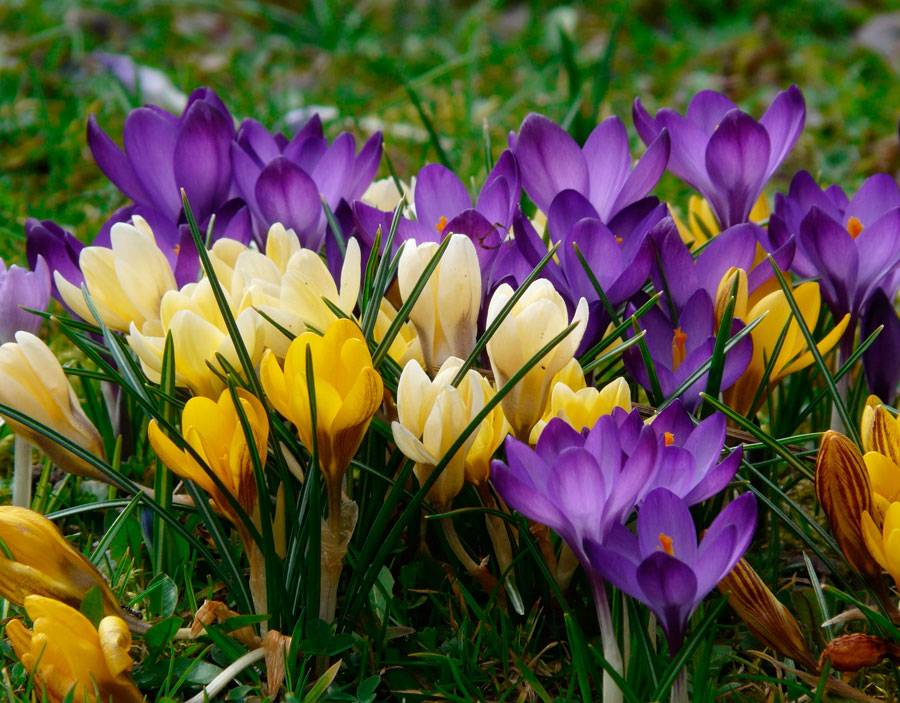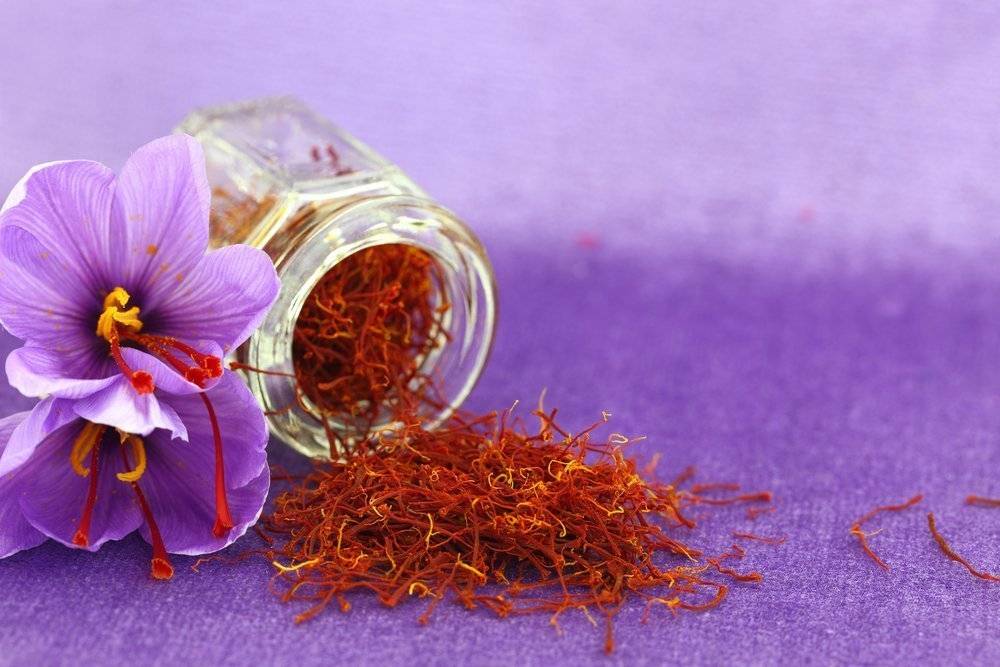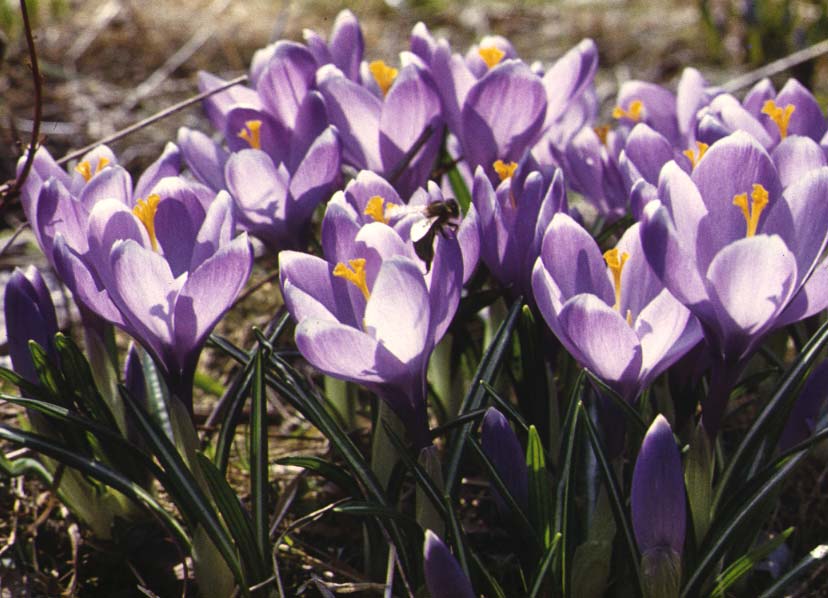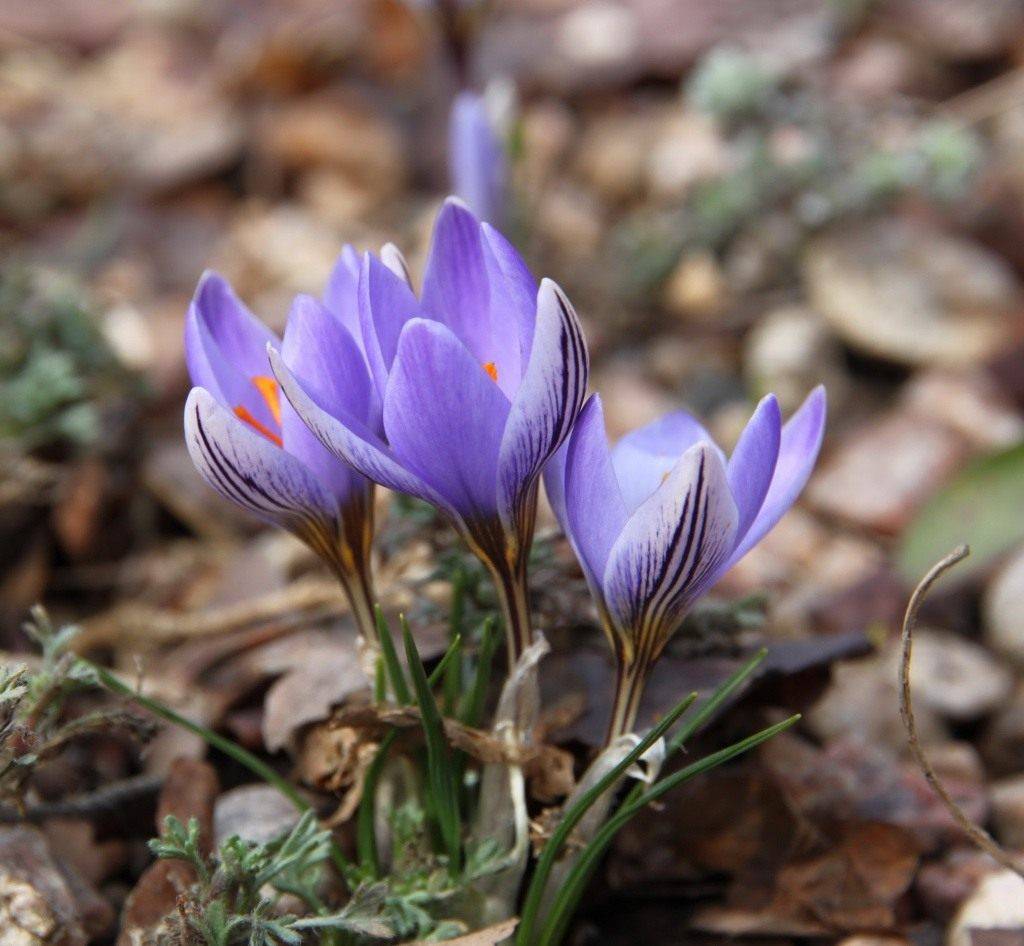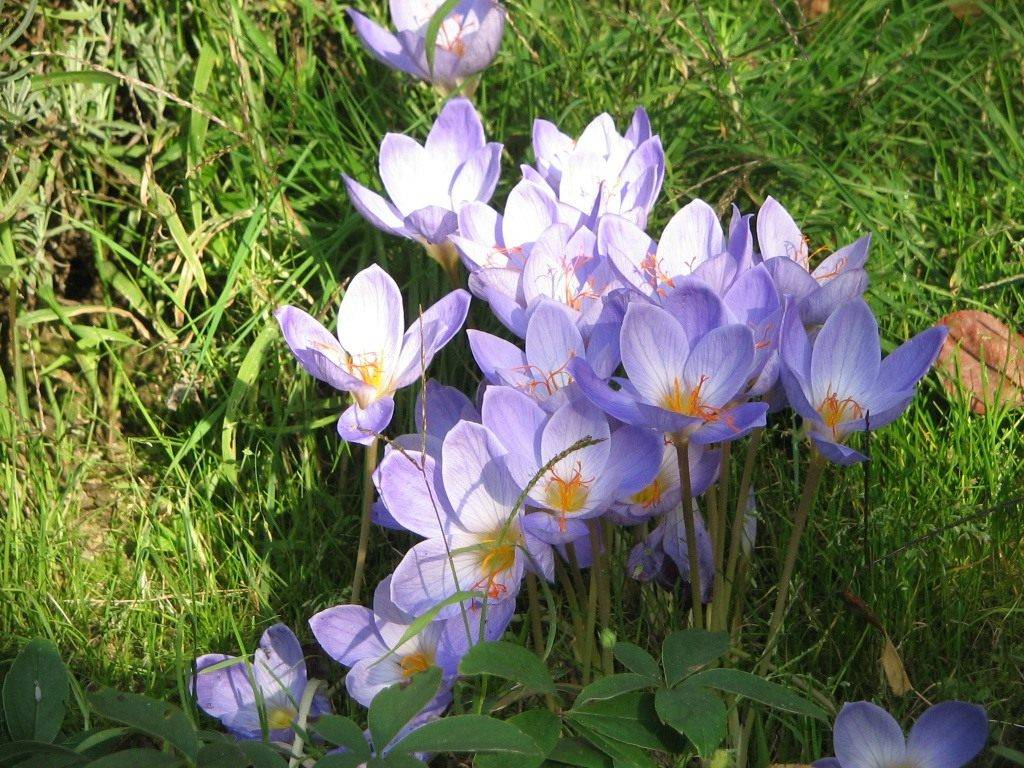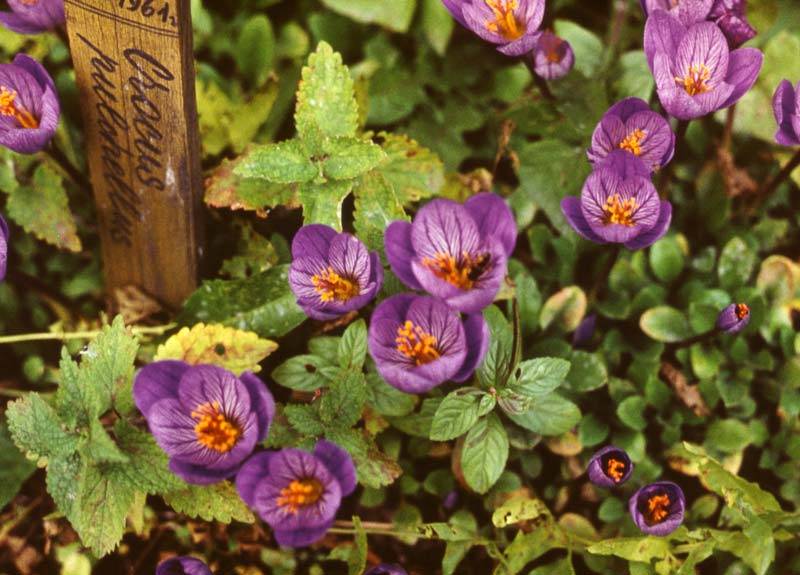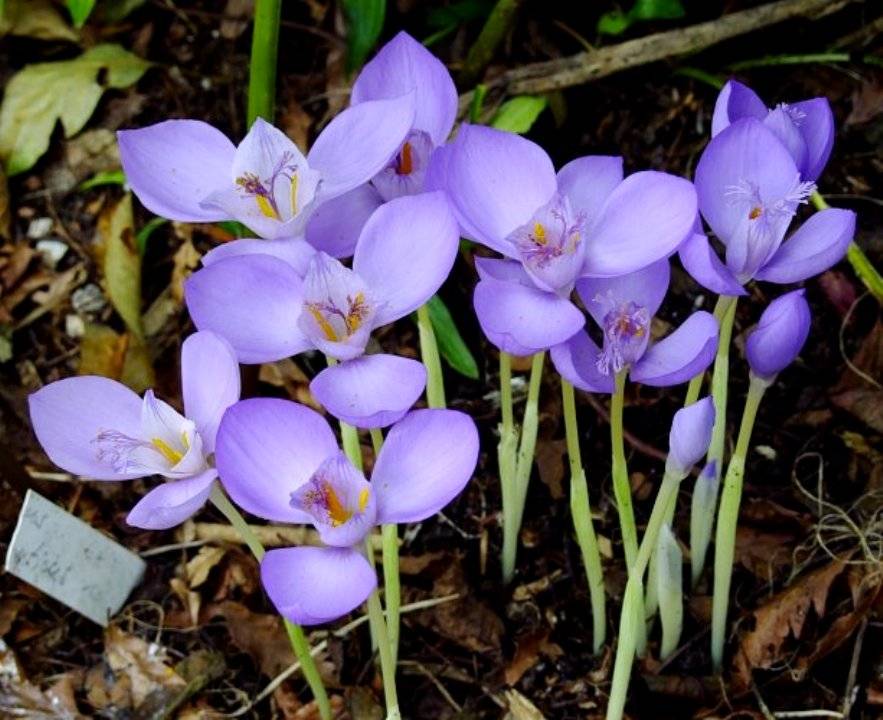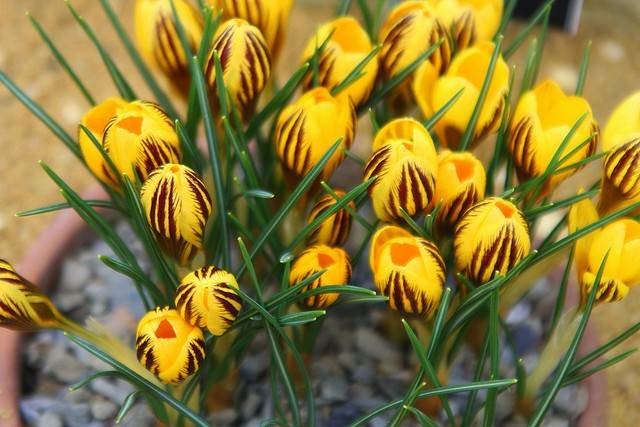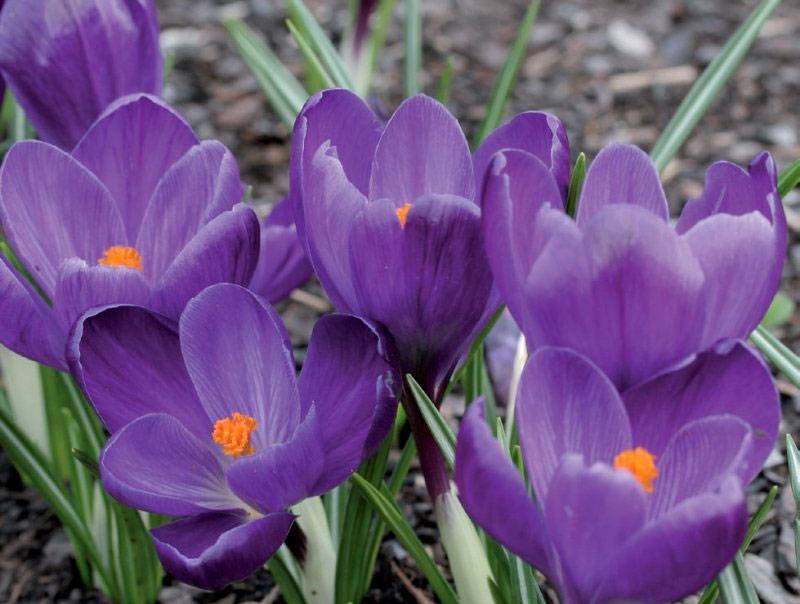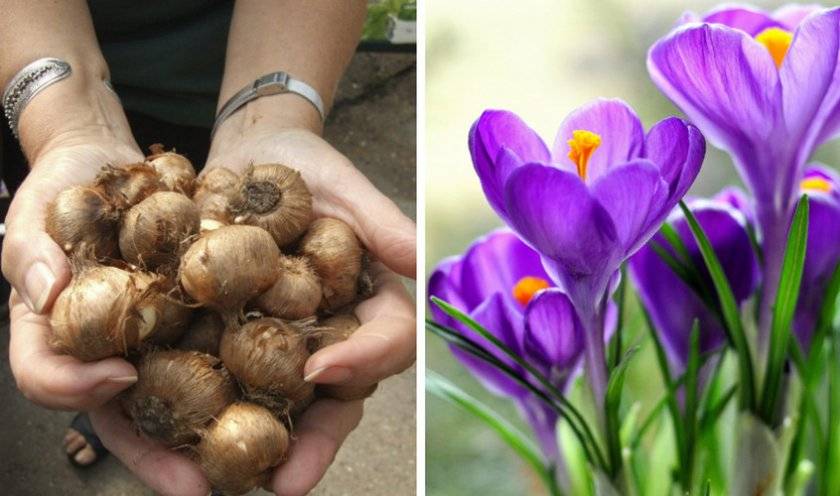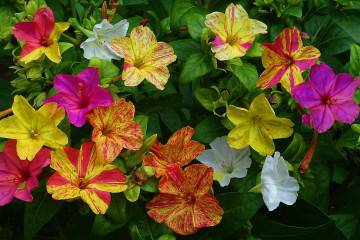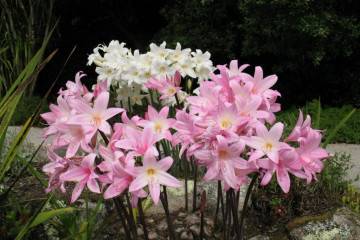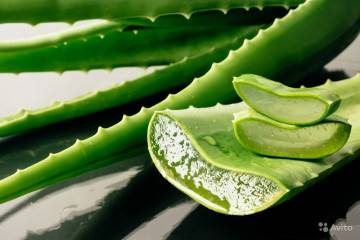Crocus flower - varieties of plants for the garden
Content:
- Botanical description
- Description of the species of spring blooming crocuses
- Description of the species of autumn flowering crocuses
- Large-flowered crocuses (Dutch hybrids)
- Chrysanthus: representatives and characteristics of varieties
- Features of caring for crocuses in the garden
- Crocuses: when they bloom
- Features of spring and autumn planting
- Transplantation and reproduction methods
- Corm transplant
- Possible problems in growing crocus
Crocus, or saffron, belongs to the genus of perennial plants in the Iris family. The flower usually reaches a height of no more than 20 cm and is used as a garden and indoor plant. If you take care of a perennial, you can grow decorative flowers that will delight everyone with their delicate beauty.
Botanical description
Crocus flower refers to plants that reproduce with bulbs. Their tubers are round in shape. in diameter, they usually do not exceed 3 cm. A bunch of roots emanates from them, the color of which can vary depending on the type of plant. Small scales form near the root system of the saffron, which make this flower look like a tulip.
The height of the perennial stem is usually in the range of 20-25 cm. Flowers are in the form of a glass. Usually they are represented by 6 petals, the color of which can be either one-color or two-color. The plant's stamens are always orange or yellowish in color.
History of appearance
Crocus has been known since BC. It was grown in the east, specifically in Persia, Ancient Egypt and China. Since the 16th century, saffron has appeared in Europe and has gained wide popularity among gardeners.
Plant features
The plant is a stunted crop that blooms in the spring as one of the first flowers. The peculiarities of crocus include the fact that its bulbs are considered edible, and therefore are eaten after baking or boiling.
Beneficial features
Crocus contains a number of useful components, thanks to which it is of particular importance in cosmetology. Saffron can have a positive effect on the cardiovascular, genitourinary, nervous and digestive systems. It also removes toxins and toxins from the body, resulting in a healthy complexion, and stronger nails and hair.
Cooking use
The beneficial properties of the plant, as well as the beautiful appearance and aroma, made it possible to use the perennial in cooking. The spice obtained from pistils is used as a condiment for meat, fish, vegetables and even desserts. With its addition, dishes become brighter and more aromatic.
Description of the species of spring blooming crocuses
Currently, experts have a total of more than 100 different types of saffron. Some of them are distinguished by the fact that they bloom precisely in the spring.
Spring crocus
People usually grow this species indoors.The bulbous system has scales, the leaves are colored green, and the flowers are bell-shaped, the shades of which can be either white or purple. The saffron is no more than 17 cm high and blooms for about 21 days.
Crocus Tomasini
The home flower has an amazing feature, which is that when the bud opens, the petals form a shape resembling the shape of a star. One bulb usually grows 2-3 saffron, the flowering period of which lasts from 2 to 3 weeks.
Crocus two-flowered
The variety is distinguished by the presence of brown spots on the leaf blades. The flowers themselves have a blue or lilac hue. On the outer side of the petals there are brownish longitudinal stripes. Flowering lasts 20 days.
Korolkova
Grows up to 6 cm in height. The leaves are narrowish with a greenish color. Flowering begins in April and lasts until the end of the month.
Net crocus
Another name for the species is striped. This is due to the presence of brown-lilac stripes on the outside. The flower blooms 4 cm in diameter. Crocus blooms in April and withers after 2 weeks.
Crocus golden
Bulbs of this type are in the shape of a ball, which is slightly flattened on both sides. The name of the variety is due to the golden yellow color of the petals. Crocus does not grow taller than 20 cm, but blooms for about 3 weeks.
Description of the species of autumn flowering crocuses
Another group differs in that it blooms and blooms in the autumn.
Crocus lovely
The plant blooms around 10-15 days of the first autumn month. The flowers are bluish-violet. Longitudinal veins are located on the surface of the petals. The diameter when opening the bud can reach 7 cm.
Crocus cute
The variety is distinguished by the presence of dark stripes on the surface of the petals. Small flowers stretch up to 10 cm in height. Saffron can bloom in late September and last until the first snow.
Crocus Banat
The saffron flowers are colored lilac. The plant grows up to 14 cm in height. The outer leaves open much wider and are larger than the inner ones.
Large-flowered crocuses (Dutch hybrids)
Most growers prefer large-flowered crocuses because they look impressive and can decorate any flower bed.
Albion
The bud is in the shape of a glass and is usually painted in white shades. The circumference is 4 cm, and the length of the tube is 5 cm.
Vanguard
The bud is presented in the form of a cup with a bluish color. Saffron grows to about 10 cm, and the diameter of an open flower is 4 cm.
Jubilee
The goblet shape of the flower is painted in bluish-purple shades. There is a spot at the very base of the crocus. The height of the perennial does not exceed 11 cm.
Sniper Banner
The inner surface of the goblet-shaped flowers has a peculiar dark purple mesh, while the outer side of the petals are painted in lavender.
Caitlin Parlow
Elegant white flowers make this variety one of the most beautiful and luxurious among the existing ones. The snow-white circle reaches 4 cm in diameter, and the tube length is 5 cm.
Chrysanthus: representatives and characteristics of varieties
A distinctive feature of the chrysanthus group of crocuses is considered to be color, which is usually either bluish or yellow.
Gypsy Girl
The bud is in the shape of a cup, which opens very wide. The outer surface is painted in a light yellow shade, while the inner surface is painted in bright yellow tones.
Marietta
The yellow petals of the crocus look like an oval. They look very impressive on a flower bed, thanks to the combination of cream and bright yellow shades.
Lady Keeler
Yellow crocuses look a little flat when blooming. Their diameter is about 3 cm across. The lobes have a snow-white tint on the inside.
Saturnus
The flowers of this variety open quite widely. At the base, brown-brown spots are often found, which are inherent in this particular species.
Features of caring for crocuses in the garden
In order to grow beautiful flowers that will always delight the eye, it is important to know how to grow crocuses.
Before planting, you need to choose the right site. It should be well lit and warmed up to at least 17 degrees.
Watering
It is necessary to carry out regular, moderate watering. When the leaves die off, the flower begins a dormant period, and then watering can be suspended for a while.
Spraying
Crocus tolerates little moisture, so spraying the leaves is not recommended.
Humidity
The moisture level must be regularly maintained, since the flowers do not like the abundance of liquid. This requires good drainage and loose soil.
Priming
An important condition for obtaining good soil is the presence of drainage. Saffron is unpretentious to the soil. More neutral soils are suitable for him, because in acidic soils it grows poorly.
Top dressing
Mineral supplements, which include potassium and phosphate, are suitable as fertilizers. Gardeners believe that nitrogen fertilizers should not be added to the crocus soil.
Crocuses: when they bloom
The flowering period and other subtleties directly depend on the crocus variety. Each variety has its own small characteristics, so it is important to find out detailed information about the saffron variety before planting.
Types of flowers
Saffron usually has 6 petals per flower. They can be painted in white, yellow, blue and lilac tones. Red crocuses look unusually beautiful in combination with snow-white and soft lilac flowers.
Flower shapes
In shape, the bud can resemble a cup or glass. The petals can be either rounded or more elongated oval. Some varieties bloom in the shape of a star, while others are almost completely flat in shape.
Flowering period
In order to understand when crocuses bloom, you need to learn about its type. A perennial can bloom in spring or fall. Usually, when buying bulbs, you can find out all the information from the sellers.
At a temperature of 10-15 degrees, the plant blooms for up to 2 weeks, and in hot weather they fade much faster.
Features of spring and autumn planting
It is recommended to plant plants in the ground in spring or autumn, depending on the variety. Spring work is carried out closer to the middle of the periods when the possibility of frost is considered minimal. Autumn planting usually occurs in October.
Transplantation and reproduction methods
Not all gardeners know how to grow a crocus. There are two ways to breed saffron. These include the bulbous and seed methods. And depending on how crocuses reproduce, the method of planting or transplanting a plant is selected.
Corm transplant
Typically, growers separate the small tubers from the mother tubers and then plant them separately. First, small onions are slightly dried and cleaned of defects. Thus, after 2-3 years of growth, new crocus appear.
The time for transplanting is usually assigned depending on the variety.
Possible problems in growing crocus
Despite the observance of all the rules of planting and care, problems with the plant may arise.
Diseases
Untimely or improper care can trigger the development of the fungus. The plant will start to rot and will soon die. To prevent it, it is worth treating crocuses with special preparations that are sold in flower shops.
Pests
Parasites that can interfere with the growth of saffron include slugs and field mice. They eat up the flower bulbs and thus disrupt the plant's root system.
For pest control, it is recommended to use products such as Agravertina, Aktara, Aktellika and Fitoverma. They are available at any flower shop.
Other problems
Crocus plant can be infected with viruses. This usually affects the entire plant. It begins to deform, and the buds do not bloom. Such a plant must be immediately dug out of the ground, and the soil must be disinfected with a solution of potassium permanganate.
Crocuses are ornamental plants that can grow both outdoors and in a pot at home. A gardener must know the rules for growing and caring for crocuses in order to get a beautiful perennial plant that can please with its beauty.
